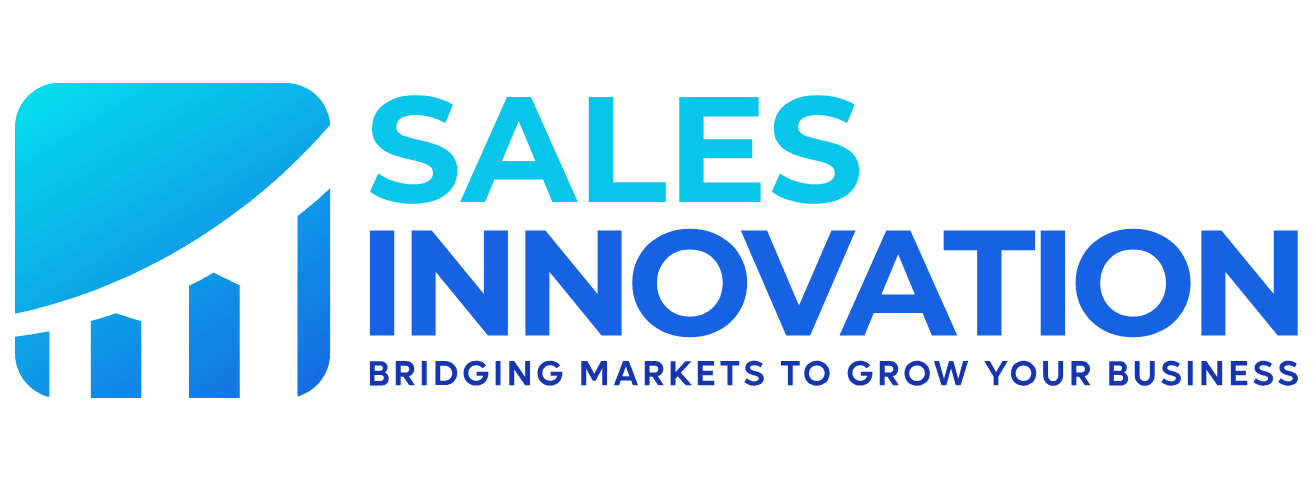
Author: Barry Long, VP, North America, Sales Innovation
Opening an office in a new international market is an exhilarating endeavour, where understanding your customers evolves into a deeper, multi-faceted journey. From immersing oneself in diverse cultures to mastering local business etiquettes, there's an entire world to explore and appreciate. Throughout my 15-year journey with a SaaS company in the Asia-Pacific region, I've come to realize that achieving success is not solely about adapting to external cultures; it's about the seamless integration of these external cultures with your company's ethos.
Engaging with a diverse array of customers and teams has significantly deepened my understanding of "knowing the customer." Beyond the joy of navigating different cultures, languages, and tantalizing food, mastering the finer points of business etiquette became paramount. Recognizing the right seating in a conference room, the subtleties of exchanging business cards, understanding hierarchies and of course planning for the traffic became integral to my preparation for meetings.
While a brief online search can certainly shed light on these external cultural nuances— and I recommend doing so— what truly stumped me was an internal challenge. Not about aligning with the local cultures of our customers or localising the product, but about ensuring our corporate culture resonated with our teams in these regions.
Every modern company boasts a vision statement and a list of core values. These values shape the company culture, and best evangelised from the top down. A strong, inclusive culture, in my experience, is the backbone of a growing successful company. As companies expand, ensuring this culture transcends borders is crucial. In my early days, I enthusiastically took on the role of a culture ambassador, championing our company's values across Asia-Pacific. So you can imagine my surprise when in one instance a country team leader remarked, "the company culture just doesn’t work here." This feedback arose after I noticed an internal dynamic causing friction within my team. Delving deeper into the issue, I uncovered a significant misalignment in how the team perceived and operated within our cultural framework.
The puzzle was this: We had well-defined values, a distinct culture, and a localized product. Why then the resistance? The revelation was simple yet profound. I had inadvertently viewed company culture and country culture as separate. To truly embrace globalization, these cultures had to intertwine. The core challenge was that our company culture, although universal in intent, hadn't been contextualized for local nuances in this case.
After several discussions, we began interpreting our company values through a local lens. The result was transformative: teams became more cohesive within and across the other countries.
To conclude, as companies venture into new markets, they must introspect as much as they look outward. For a company to be truly global, its culture should harmoniously blend with local customs, forging a foundation of trust and unity.


